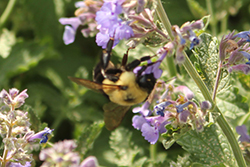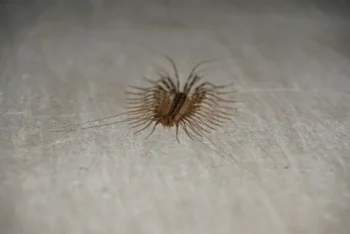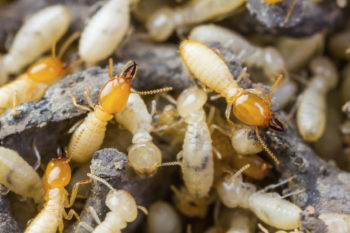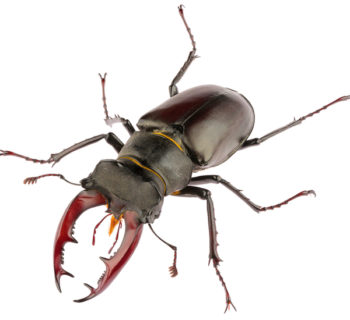 To help protect the swiftly dwindling bee population across the world, Swedish scientists and researchers recently developed a new method to protect the bees from diseases. Large populations of bees have been going missing in parts of Europe and the United States. Microbiologists at the Lund University have created a patented treatment made from stomach bacteria of healthy bees as well as lactic acid. Known as SymBeeotic, the team describes the medicine as a major boost to the immune system of bees and is hoping to reduce the rate of deaths. Working on the project, Dr Alejandra Vasquez commented that the product is an active protection from both European and American foulbrood diseases.
To help protect the swiftly dwindling bee population across the world, Swedish scientists and researchers recently developed a new method to protect the bees from diseases. Large populations of bees have been going missing in parts of Europe and the United States. Microbiologists at the Lund University have created a patented treatment made from stomach bacteria of healthy bees as well as lactic acid. Known as SymBeeotic, the team describes the medicine as a major boost to the immune system of bees and is hoping to reduce the rate of deaths. Working on the project, Dr Alejandra Vasquez commented that the product is an active protection from both European and American foulbrood diseases.
Being one of the most deadly diseases for bee population, SymBeeotic tackles the foulbrood bacteria by boosting immunity. The team also added saying that the medicine will be most effective if beekeepers provide their bee cultures with SymBeeotic instead of using antibiotics. The research and development of SymBeeotic has been ongoing for almost ten years and will soon be launched in an annual beekeeper conference in Russia. Co-researcher from Lund University, Dr Tobias Olofsson added that SymBeeotic was the only existing medicine that boosted the natural immunity of bees. Over time, the use of antibiotics often makes them resistant to the effects and more vulnerable to infections from foulbrood.
Why are the bees disappearing?
Honey bees are at a common threat from many sources, including fungal diseases, bacteria, and virus, parasites, pests as well as pesticides. It has been established that since 2006, beekeepers in North America have noted a loss of 30% to 90% in their colonies. The case is similar in many other parts of the world including South America, Central America, Asia, and Europe.
However recently, a new epidemic in bee population has severely affected its presence. CCD, also known as Colony Collapse Disorder results in large populations dying one after another. Some of the main reasons for this sudden change in bee populations include stress, malnutrition, and pollution. This increase in undesirable environments slowly weakened the immune system of bee populations around the global that made them more vulnerable to disease. Other speculated reasons for this sudden decrease in bee populations include man made devices, cell phone radiations, and the advent of genetically modified crops that are not deemed safe for bees.
Why do we need bees?
The impact of honey bees in human lives is far more extensive than imagined. Most crops and vegetation are maintained and furthered through pollination from bees. Without bees, these crops would remain as is and would fail to reproduce. Agricultural crops all over the world rely on bee populations as they facilitation pollination for well over one hundred varieties of fruits and vegetables. The limited growth as well as food supplies would cause global emergencies, leading to starvation. This decrease in bee population can cause a sudden imbalance in food production and cause failure of hundreds of species of nuts, fruits, and vegetables.
While scientists are doing their part in developing new medicines to prevent bacterial and viral diseases in bees, communities and neighborhoods can also make an impact. By taking a proactive stand and helping restore bee colonies, children and adults in the community can preserve and protect bees. Planting bee-attracting crops like vegetables and flowers, sponsoring researches and supporting local beekeepers are simple yet effective ways of making change. You can also join local associations and remain aware of how you can combat colony collapse disorder and protect honey bees. Slowly becoming a global epidemic, bee deaths are becoming alarmingly common all over the world and extensive measures taken immediately are the only way to preserve what is left of honey bee populations.




